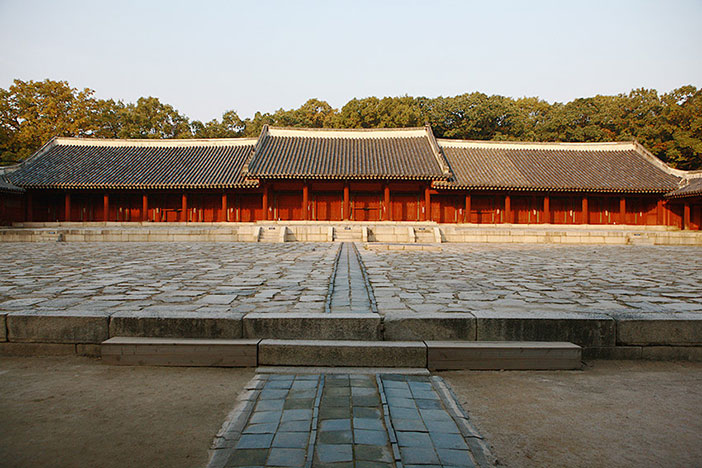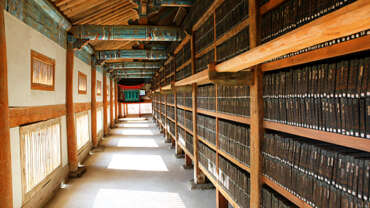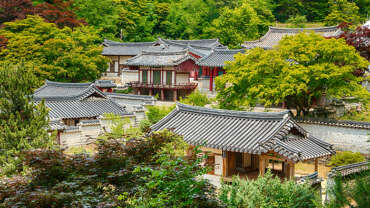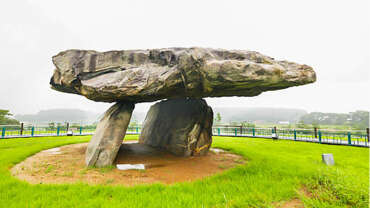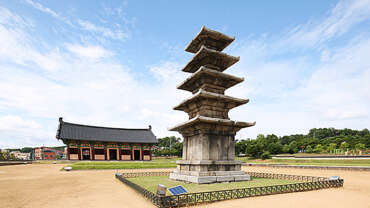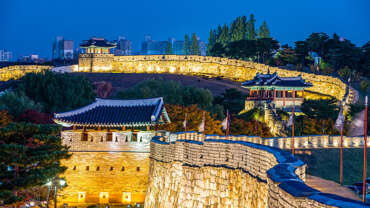UNESCO Heritage Sites in South Korea
UNESCO World Heritage refers to sites registered on the World Heritage List. In November 1972, UNESCO adopted the “Convention Concerning the Protection of the World Cultural and Natural Heritage” in the General Conference during its seventeenth session. Under the Convention, the World Heritage committee established a World Heritage List that includes cultural and natural heritages with outstanding value whose conservation is recognized to be in the interest of all humanity.
As of January 2021, Korea has thirteen cultural heritage sites and one natural heritage site. Apart from this, UNESCO also has separate programs called Intangible Heritage of Humanity and Memory of the World. In Korea, there are twenty-one and sixteen of them respectively.
World Cultural Heritage Sites
The historical background of Korea’s Cultural Heritage Sites is diverse, encompassing the history of Korea from ancient times (Dolmen sites) to the Joseon dynasty. The sites embody a wide variety of values from tidy and neat artistic spirit to scientific rationality as witnessed in the traditional architecture of royal palaces or temples.
A total of thirteen Korean cultural sites are registered on the list of World Cultural Heritage, including Janggyeongpanjeon Depositories of Haeinsa Temple (1995); Jongmyo Shrine (1995); Seokguram Grotto and Bulguksa Temple (1995); Changdeokgung Palace (1997); Suwon Hwaseong Fortress (1997); Gyeongju Historic Areas (2000); Gochang, Hwasun and Ganghwa Dolmen Sites (2000); Royal Tombs of the Joseon dynasty (2009); Historic Villages of Korea; Hahoe and Yangdong (2010); Namhansanseong Fortress (2014); Baekje Historic Areas (2015); Sansa, Buddhist Mountain Monasteries in Korea (2018); and Seowon, Korean Neo-Confucian Academies (2019).
Natural Heritage Sites
UNESCO chooses World Natural Heritage Sites based on an objective evaluation of historic and academic worth, and then assists in ensuring their preservation.
The volcanic island of Jeju has an outstandingly beautiful natural environment that is significant for its geological features and ecological value. In 2007, Jeju Island was listed as a UNESCO Natural Heritage Site under the name of “Jeju Volcanic Island and Lava Tubes.” This includes Hallasan Natural Reserve, Geomunoreum Lave Tube System and Seongsan Ilchulbong Tuff Cone.
Intangible Cultural Heritage
An international assessment committee appointed by the UNESCO Secretary General reviews the list of World Intangible Heritage of Humanity with the mission of safeguarding and protecting intangible heritages such as language, culture, music, dance, games, myths, rituals, customs and handicrafts.
A total of twenty items are inscribed on the UNESCO Intangible Cultural Heritage list: Royal Ancestral Ritual in the Jongmyo Shrine and its Music (2001); Pansori, Epic Chant (2003); Gangneung Danoje Festival (2005); Ganggangsullae, Circle Dance (2009); Namsadang-nori Itinerant Troupe Performance (2009); Yeongsanjae, Celebration of Buddha’s Sermon on Vulture Peak Mountain (2009); Jeju Chilmeoridang Yeongdeunggut, Shamanic Performance in the Chilmeoridang Shrine (2009); The Dance of Cheoyong (2009); Gagok, lyric song cycles accompanied by an orchestra (2010); Falconry, a living human heritage (2010); Daemokjang, traditional wooden architecture (2010); Hansan Mosi Jjagi, Fine Ramie Weaving of Hansan (2011); Taekkyeon, a traditional Korean martial art (2011), Jultagi, tightrope walking (2011); Arirang, lyrical folk song in the Republic of Korea (2012); Kimjang, making and sharing kimchi (2013); Nongak, Farmers’ Performance (2014); Juldarigi, traditional ritual wishing for a good harvest, a tug-of-war game (2015); Culture of Jeju Haenyeo, women divers of Jeju Island (2016); Ssireum, Traditional Korean Westling (2018); and Yeondeunghoe, Lantern Lighting Festival (2020).
Memory of the World Register
Memory of the World Register was launched to safeguard the documentary heritage of humanity. The list includes written works, maps, musical scores, films, and photographs.
Korean documents inscribed on the UNESCO Memory of the World Register include Hunminjeongeum, The Proper Sounds for the Instruction of the People (1997); Joseon wangjo sillok, The Annals of the Joseon Dynasty (1997); Seungjeongwon Ilgi, Diaries of the Royal Secretariat (2001); Jikji Simche Yojeol, the Second Volume of “Anthology of Great Buddhist Priests’ Zen Teachings” (2001); Printing Woodblocks of the Tripitaka Koreana and Miscellaneous Buddhist Scriptures (2007); Uigwe, the Royal Protocols of the Joseon Dynasty (2007); Donguibogam, Principles and Practice of Eastern Medicine (2009); Ilseongnok: Daily Records of the Royal Court and Important Officials (2011); Human Rights Documentary Heritage 1980 Archives for the May 18th Democratic Uprising against Military Regime, in Gwangju, Republic of Korea (2011); Nanjung Ilgi: War Diary of Admiral Yi Sun-sin (2013); Archives of Saemaul Undong (New Community Movement) (2013); Confucian Printing Woodblocks in Korea (2015); The Archives of the KBS Special Live Broadcast “Finding Dispersed Families” (2015); Royal Seal and Investiture Book Collection of the Joseon Dynasty (2017); Archives of the National Debt Redeption Momement (2017); and Documents on Joseon Tongsinsa: The History of Peace Building and Cultural Exchanges between Korea and Japan from 17th to 19th Century (2017).



